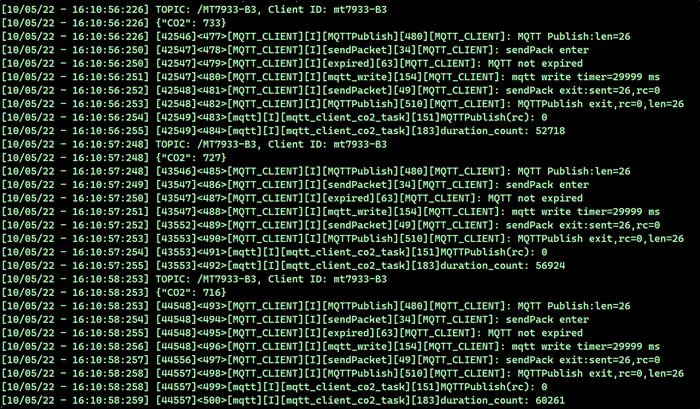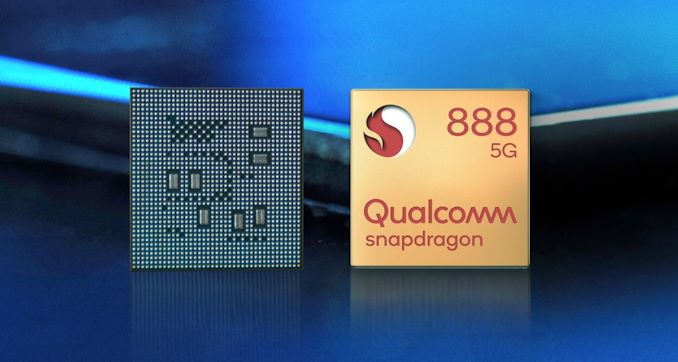The pandemic has had a profound impact on daily life, with changes in work patterns, remote working, and reduced outings. Longer time spent at home, more people using space, more popularization of epidemic prevention techniques, and increased knowledge of prevention and care for respiratory tract and cardiopulmonary health. As a result, the air quality hazards at home are becoming more and more important. For example, risk factors for idiopathic pulmonary fibrosis include viruses and air pollution.
Common hazards of indoor air, such as using bleach to clean the environment, opening windows for ventilation, mold in humid environments, and oil fumes from kitchen cooking.
When is ventilation appropriate/necessary? How effective is ventilation? Contamination paths between shared pipes in a multi-house dwelling? The concentration of air quality hazards such as suspended particulates in indoor air is effectively reduced. How to adjust the time and frequency with the change of season and environment?
MediaTek Filogic 130A (MT7933) is equipped with advanced Wi-Fi and Bluetooth capabilities, which can easily extend or connect indoor air quality detection, designed to detect PM2.5 dust concentration, carbon dioxide (CO2) concentration, total volatile organic compounds (TVOCs), temperature and air pressure. Join the smart home ecosystem, such as Matter protocol (formerly CHIP).
Assist in the fight against the unseen enemy and build trust with technology.

SNTP synchronizes the system time to get the temperature and publishes MQTT messages to the MQTT server
Controlling temperature and humidity helps reduce microorganisms such as mold and bacteria.

publish CO2 values to maintain productivity in a good work-from-home environment.
publish PM2.5 dust values, burn incense, say goodbye, and clean up suspended particles in the dust.
publish gas values, poor building materials, kitchen fumes, detect the risk of air pollution in household chores, and then reduce exposure and change cooking habits.
►Scenario application diagram

►Photos of display boards


►Scenario block diagram

►Core technical advantages
MediaTek's new wireless connectivity SoC Genio 130A (MT7933) integrates a microcontroller (MCU), AI engine, Wi-Fi 6 and Bluetooth 5.2, a discrete digital signal processor (DSP), and a power management unit (PMU) to provide reliable and efficient network connectivity, making it the best choice for a wide range of IoT devices.
The MediaTek Genio 130A has a wide range of interfaces, including SPI, I2C, I2S, SDIO, USB, UART, ADC, Key scan, and more.
►Solution specifications
Application Processor :
• ARM® Cortex-M33 MCUs with floating-point arithmetic and 300MHz clock running
• Network security hardware encryption engine includes AES, DES/3DES, SHA, ECC, TRNG
Digital Signal Processor (DSP) :
• Cadence ® Tensilica® HiFi4 processor running at 600MHz
• 256KB embedded SRAM memory
Wi-Fi Technical Specifications :
Dual-band IEEE 802.11 1T1R a/b/g/n/ax 5GHz and 2.4GHz
2.4G / 5GHz band, 20MHz bandwidth MCS0 ~ MCS8
Bluetooth Technical Specifications :
Compliant with Bluetooth v5.0 transfer rate 2Mbps PHY supports long-range and LE Advertising Extensions
Other

What is HBM (High Bandwidth Memory)?
2024.09.05

What is Antenna Tuner IC?
2024.09.20

What’s the Difference between LPDDR and DDR?
2024.09.25

Snapdragon 888 5G Mobile Platform
2024.09.26

What is WiFi 6E?
2024.09.26

What is Bluetooth Audio SoC?
2024.09.26

What's HBM3E (High Bandwidth Memory 3)?
2024.09.26

What is an Audio Codec?
2024.10.09





